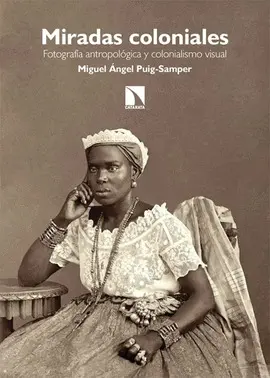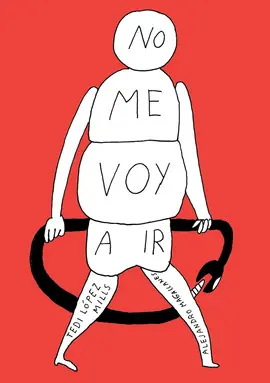- Editorial:
- ACC ART BOOKS
- Año de edición:
- 2021
- Materia:
- Fotografía
- ISBN:
- 978-1-78884-107-8
- Páginas:
- 256
SUKITA
ETERNITY
SUKITA
* A homage to Sukita: a legend in the world of music, film and celebrity photography* The master photographer of David Bowie's Heroes, of Jim Jarmusch's cult film Mystery Train, and of iconic photos of Iggy Pop and Marc Bolan* A full retrospective of Sukita's greatest images including, early work, fashion photography, musician and celebrity portraits and his less-well-known street and travel imagery* Detailed biographical essays by Yoshiro Fukukawa of Blitz Gallery International, Tokyo and Campbell Gunn of Iconic Images"It's very hard for me to accept that Sukita-san has been snapping away at me since 1972, but that really is the case. I suspect that it's because whenever he's asked me to do a session, I conjure up in my mind's eye the sweet, creative and big-hearted man who has always made these potentially tedious affairs so relaxed and painless. May he click into eternity." - David BowieFor Sukita, the creative mastermind behind the iconic cover for David Bowie's album Heroes, photography is an expression of a 'fundamental secret' shared between artists: a spiritual communication that transcends the minutiae of language. Born and raised in Kyushu, Japan, Sukita's reverence of American and Western counter-culture lured him to New York and London. He immersed himself in the western music scene which he loved, while his relaxed photo sessions endeared him to many celebrity figures, including David Bowie and Iggy Pop (with both of whom Sukita had a 40-year long professional relationship), Marc Bolan, and Japanese musician Hotei, best known for his work on the Kill Bill soundtrack. His work spans the early US and UK seventies rock scene, the London punk-rock era to the present crop of emerging Japanese rock artists.This photo book is the first time the photographer has collaborated on a major retrospective of his career and includes some of his early documentary work and his rarely-seen travel and street photography. It introduces the artist through two essays that explore his place within the wider context of both Western and Japanese photography, presented alongside the many iconic shots of both Western and Japanese artists that earned him his eternal reputation.








